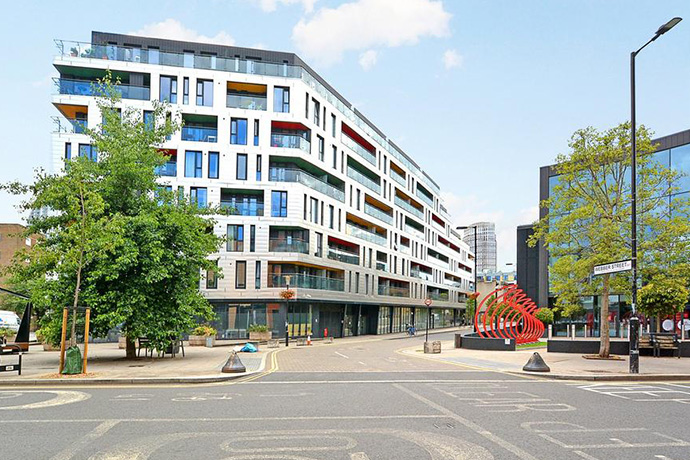
MIH TEAM
25/07/24
Meet Adam Bowers
020 3637 7968
info@mihproperty.co.uk020 3637 7968

Following the impact of the 2017 Grenfell disaster, which brought the problems with the cladding of high-rise buildings to the forefront, we have since worked with a number of clients to assist in removing and replacing of non-compliant cladding.
The impact of the Grenfell scenario prompted a series of changes to legislation to ensure that such a disaster could not occur again. This included an independent review of Fire Safety and Building Regulations which found failings in practices and accountability. The findings influenced the Building Safety Act 2022 which addressed the need to hold those responsible for defective work to account and also provide homeowners and residents with more rights, powers and protection.
The bill and subsequent amendments now prohibit the use of flammable materials in and on exterior walls of some buildings over 18 metres, including new tower blocks, hospitals, student accommodation, hotels and hostels. The government also introduced provisions for fire safety in residential buildings between 11 and 18 metres in height.
The government set up a Fund to assist with the removal and replacement of unsafe cladding systems on buildings of 17.7m and above. Significant costs could be involved and the fund sought to relieve leaseholders of the total burden of remediation.
Since the Grenfell disaster, our team have assisted RTM and Management Companies in navigating the guidelines and legislation associated with first checking and then replacing unsuitable cladding. MIH has liaised with residents and the project management team to assist in obtaining the funding for the project and has then been involved with the works on site. This has led to the successful remediation of the external wall systems and the granting of the EWS1 form (External Wall System Fire Review certificate).
A prime example of an RTM client we have worked with is MyBase 1 RTM Company Limited. The property in question was 130 Webber Street/140 Southwark Bridge Road, London, SE1 which was identified as having combustible insulation and cladding systems. A relatively new build mixed-use scheme delivering 172 units – 160 private and affordable residential dwellings above ground floor commercial space, this appealing triangular site was developed in 2010. Government funding was applied for and the cladding replaced with a new A1 rated non-combustible insulation.

Our involvement has helped leaseholders feel assured in their homes, where the risk of fire spread has been greatly reduced. Furthermore, leaseholders can now sell their flats with the acquisition of the EWS1 form.